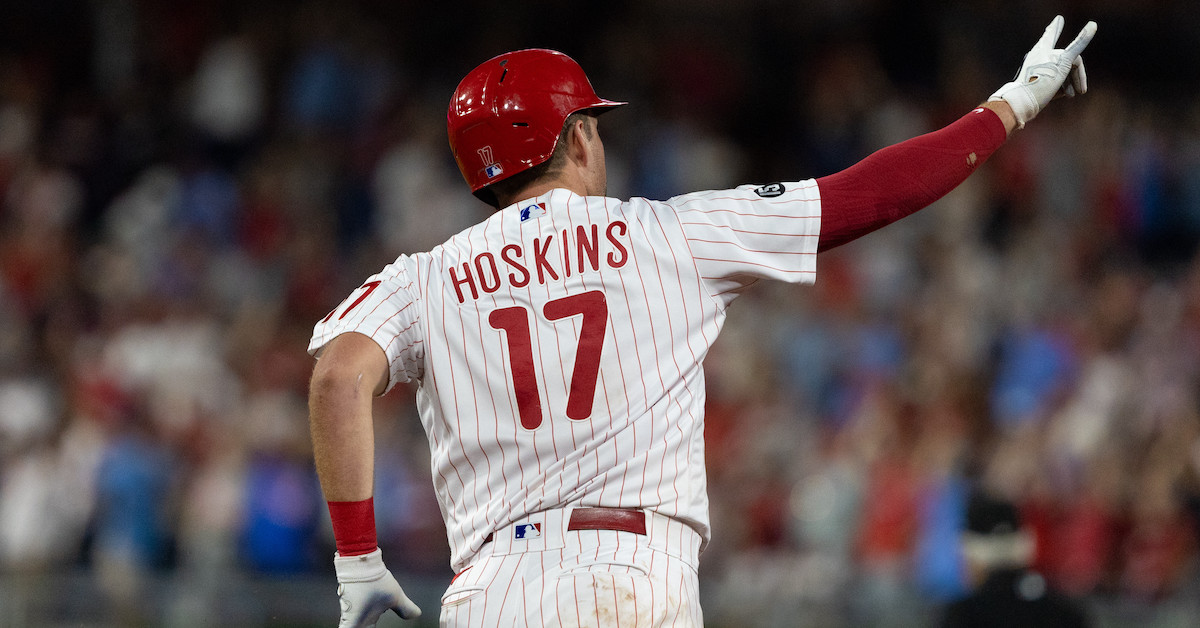A Conversation With Philadelphia Phillies Southpaw Bailey Falter (Who Is Unique)

Bailey Falter is unique. As erstwhile FanGraphs scribe Devan Fink explained when he wrote about the 24-year-old Philadelphia Phillies left-hander last summer, Falter features a 92-mph fastball that is, for all intents and purposes, a 95-mph fastball. The effective velocity comes courtesy of extreme extension. A 6-foot-4, 195-pound native of Chino Hills, California, Falter has a delivery that puts him seven-plus feet off the mound when he releases the baseball.
Projected to be a valuable part of the Phillies bullpen this year — some evaluators feel he’ll ultimately secure a spot in the starting rotation — Falter is coming off of a rookie campaign where he logged a 5.61 ERA and a 3.79 FIP over 33.2 innings. He’s been impressive this spring; with the caveat that Grapefruit League performances need to be taken with a large grain of salt, the southpaw has been sharp, allowing just five baserunners in seven innings.
Falter discussed his delivery, and the repertoire that comes with it, following a recent game in Clearwater.
———
David Laurila: You’re known primarily for your delivery, particularly the amount of extension you get. Have you always thrown that way?
Bailey Falter: “Yes. I’ve had the same delivery and extension ever since I can remember. Honestly. I had a pitching coach back home, when I was growing up, named Steve Lefebvre. He tried to tweak me up a little bit — kind of shorten me up — because I was a guy that was never going to light up a radar gun, and we thought it could possibly be due to me having such a long stride. I ended up throwing the same speed.” Read the rest of this entry »





